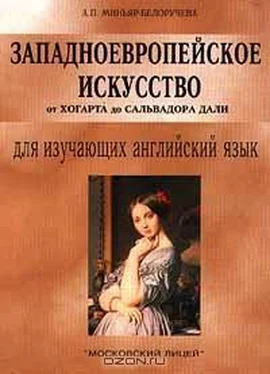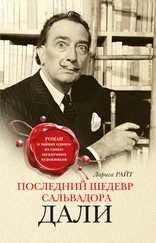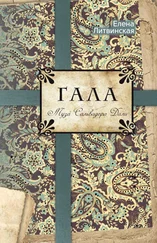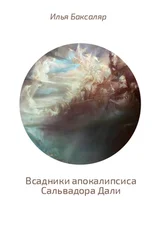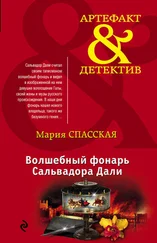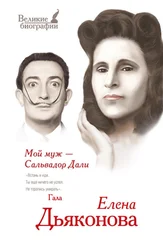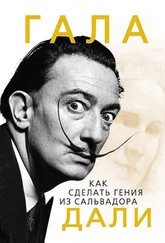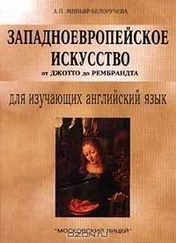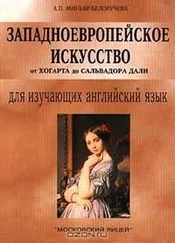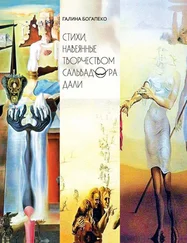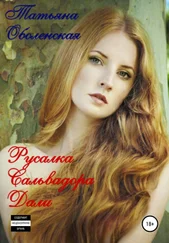V. Summarize the text.
VI. Topics for discussion.
1. Gainsborough's portraits.
2. Gainsborough's style.
Unit III Reynolds (1723-1792)
Sir Joshua Reynolds was in his own day a commanding figure, whose authority outlived him and who eventually became a target for Romantic attacks. In Reynolds's day society portraiture had become a monotonous repetition of the same theme. According to the formula, the sitter was to be posed centrally, with the background (curtain, pillar, chair, perhaps a hint of landscape) disposed like a back-drop behind; normally the head was done by the master, the body by a pupil or «drapery assistant», who might serve several painters. Pose and expression tended to be regulated to a standard of polite and inexpressive elegance; the portrait told little about their subjects other than that they were that sort of people who had their portraits painted. They were effigies; life departed.
It was Reynolds who insisted in his practice that a portrait could and should be also full, complex work of art on many levels; he conceived his portraits in terms of history-painting. Each fresh sitter was not just a physical fact to be recorded, but rather a story to be told. His people are no longer static, but caught between one moment and the next. Reynolds was indeed a consummate producer of character, and his production methods reward investigation. For them he called upon the full repertoire of the Old Masters.
Reynolds did the Grand Tour and remained in Rome spellbound by the grandeur of Michelangelo, Raphael, Tintoretto and Titian. He acquired a respectable knowledge of European painting of the preceding two centuries, and gave at the Royal Academy of Arts -which he helped to found in 1768 – the famous Discourses , which in published form, remain a formidable body of Classical doctrine. In his Discourses Reynolds outlined the essence of grandeur in art and suggested the means of achieving it through rigorous academic training and study of the Old Masters. From 1769 nearly all Reynolds's paintings appeared in the Academy. Reynolds's success as a portraitist was so great that he was employing studio assistants to lay out the canvases for him and to do much of the mechanical work. The artist's technique was sound, and many of his works of art suffered as a result. After his visit to the Netherlands where he studied the works of Rubens Reynolds's picture surface became far richer. This is particularly true of his portrait the Duchess of Devonshire and Her Daughter . Reynolds's state portraits of the King and Queen were never successful, and he seldom painted for them. There is inevitably something artificial about the grandiloquence of the Classical or Renaissance poses in which he painted solid English men and women of his own day, investing them with qualities borrowed from a noble past. Nonetheless, we owe our impression of English aristocracy in the eighteenth century to his majestic portraits, with their contrived backgrounds of Classical architecture and landscape. Lady Sara Bun-bury Sacrificing to the Graces , of 1783, speaks eloquently for itself. Among Reynolds's best works are those in which he departs from the tradition of ceremonial portraiture and abandons himself to inspiration, as in The Portrait of Nelly O'Brien , which is aglow with light, warmth and feeling.
Make sure you know how to pronounce the following words:
Joshua Reynolds; Sarah; grandeur; inevitably; majestic; grandiloquence; discourses
Tasks
I. Read the text. Mark the following statements true or false.
1. Reynolds never travelled outside Britain.
2. The Royal Academy of Arts was founded in 1758.
3. Reynolds hired assistants to lay out the canvases for him.
4. Reynolds created state portraits of the King and Queen.
II. How well have you read? Answer the following questions:
1. Who became a target for Romantic attacks? Why?
2. What fascinated Reynolds during the Grand Tour?
3. What remains a formidable body of Classical doctrine?
4. How great was the success of Reynolds as a portraitist?
5. Whom did Reynolds portray? How did he depict them?
III. i. Give Russian equivalents of the following phrases:
a commanding figure; to speak eloquently; the preceding two centuries; to become a target for smb; the grandiloquence of the poses; the Royal Academy of Arts; to lay out the canvases.
ii. Give English equivalents of the following phrases:
Королевская Академия искусств; готовить холст для к-л; торжественные позы; великолепные портреты; авторитетная фигура; два предшествующих века; стать мишенью для к-л.
iii. Make up sentences of your own with the given phrases
IV. Here are names of the English painters and the titles of their works of art. Match them up. Describe the paintings.
1. Reynolds
2. Hogarth
3. Gainsborough
a. A Rake's Progress
b. Lady Sarah Bunbury
c. Market Cart
d. Mary Countess Howe
V. Translate the text into English.
Первым президентом Королевской Академии искусства, открытой в 1768, был Джошуа Рейнольдсс. Теоретически он выступал как сторонник классицизма, однако практически выходил за рамки этого направления. В молодости Рейнольдсс посетил Италию, в старости – Голландию и Фландрию. Он восхищался колоритом Тициана и Рубенса и многому научился как у них, так и у Рембрандта. После переезда в Лондон в 1753 г. Рейнольдсс стал самым знаменитым портретистом Британии. Иногда он писал до 150 портретов в год. В форме парадного портрета Рейнольдсс сумел выразить веру в человека. С появлением Рейнольдсса английская живопись получила всеобщее признание.
VI. Summarize the text.
VII. Topics for discussion.
1. Reynolds's portraits.
2. Reynolds's Enlightenment activity.
Unit IV Ingres (1780-1867)
Jean-Auguste-Dominique Ingres remained faithful to Neo-classic ideals to the end of his life, he formed the centre of the conservative group that utilised the Principles of Neo-classicism, forged in the Revolution (1789-1799) as a weapon for reaction. Ingres was an infant prodigy, attending art school at eleven, and a capable performer on the violin. He entered the studio of David at seventeen, but as long as he lived he never accepted the cubic mass of David's mature style preferring curving forms flowing like violin melody. Winner of the Grand Prix de Rome , he remained in that city from 1806 until 1820, and returned there from 1835 to 1841, absorbing not only ancient but also Renaissance art, especially that of Raphael. Ingres stayed four years in Florence (1820-24) where he was one of the first to appreciate the Florentine Mannerists. The first pictures he exhibited at the Salon were almost uniformly ridiculed, accused of being everything from Gothic to Chinese, and his special non-political Neo-classicism was worked out in isolation.
In 1808 Ingres did one of his finest paintings, whose pose he revived again and again in later works, the Valpincon Bather , named after the collection it first adorned. This lovely nude is drawn with a subtle contour line delicately flowing over shoulders, back and legs. The surface is modelled to porcelain smoothness, but is never hard; Ingres was always at his best with delicate flesh and soft fabrics.
Читать дальше
